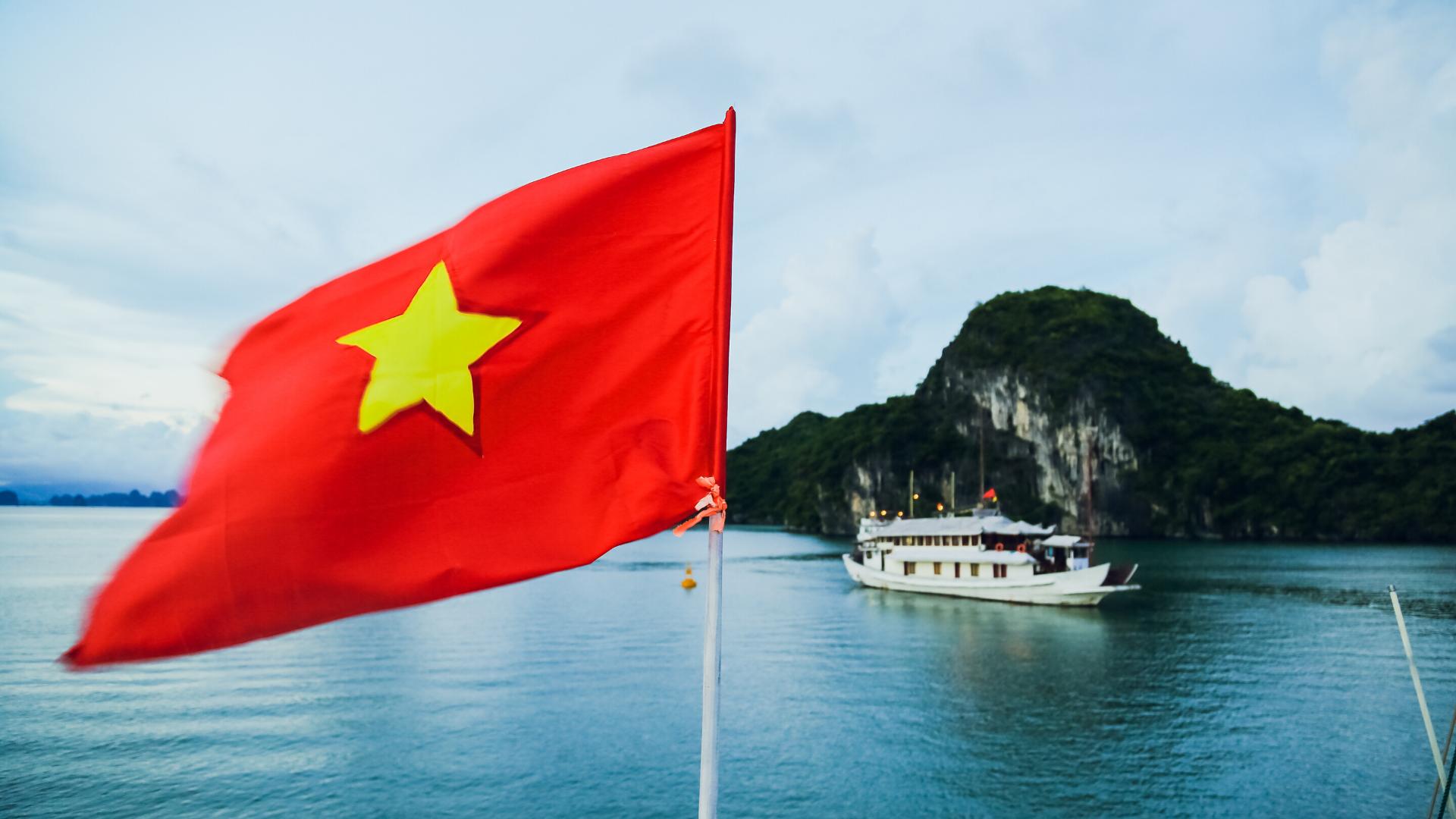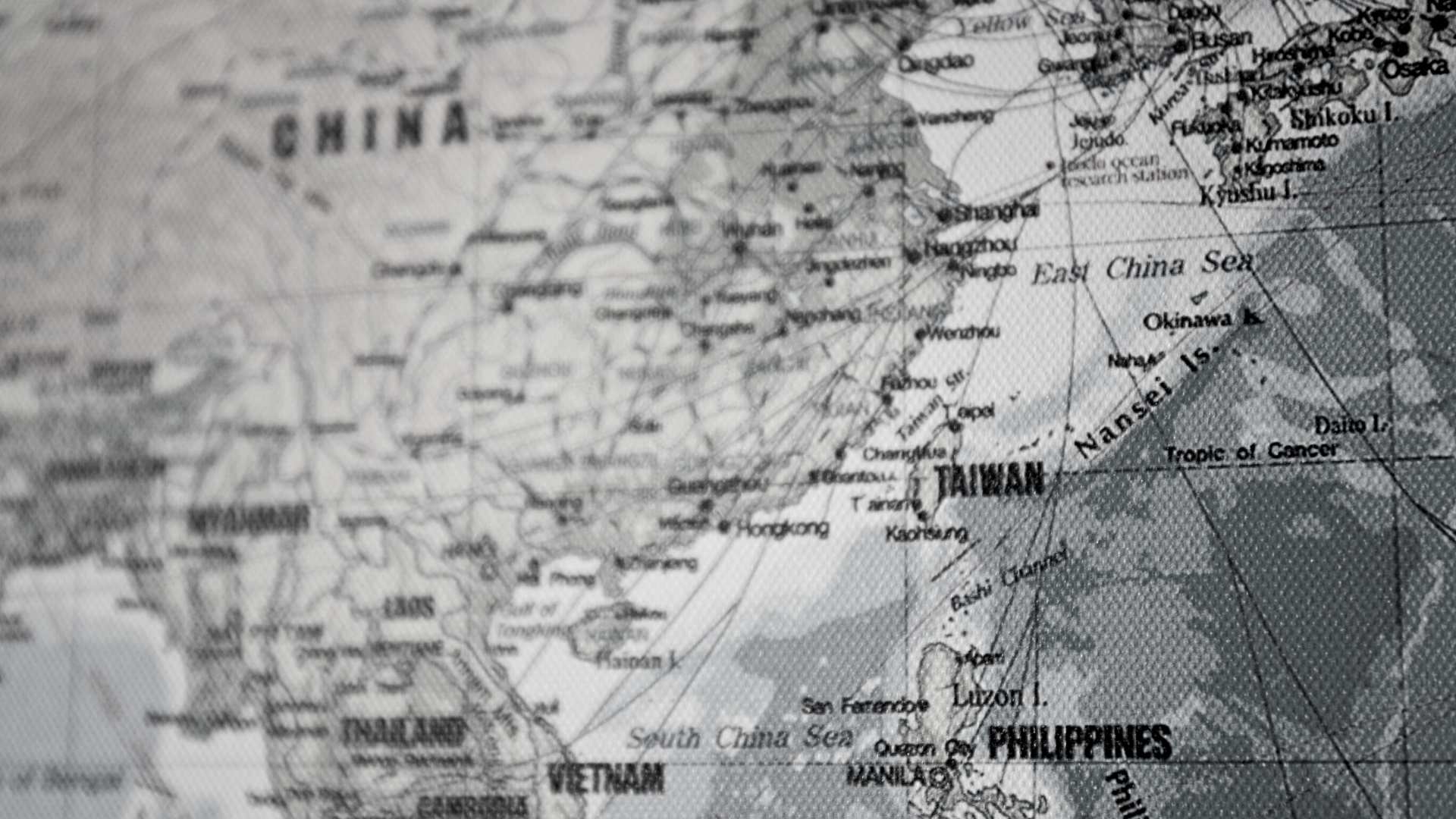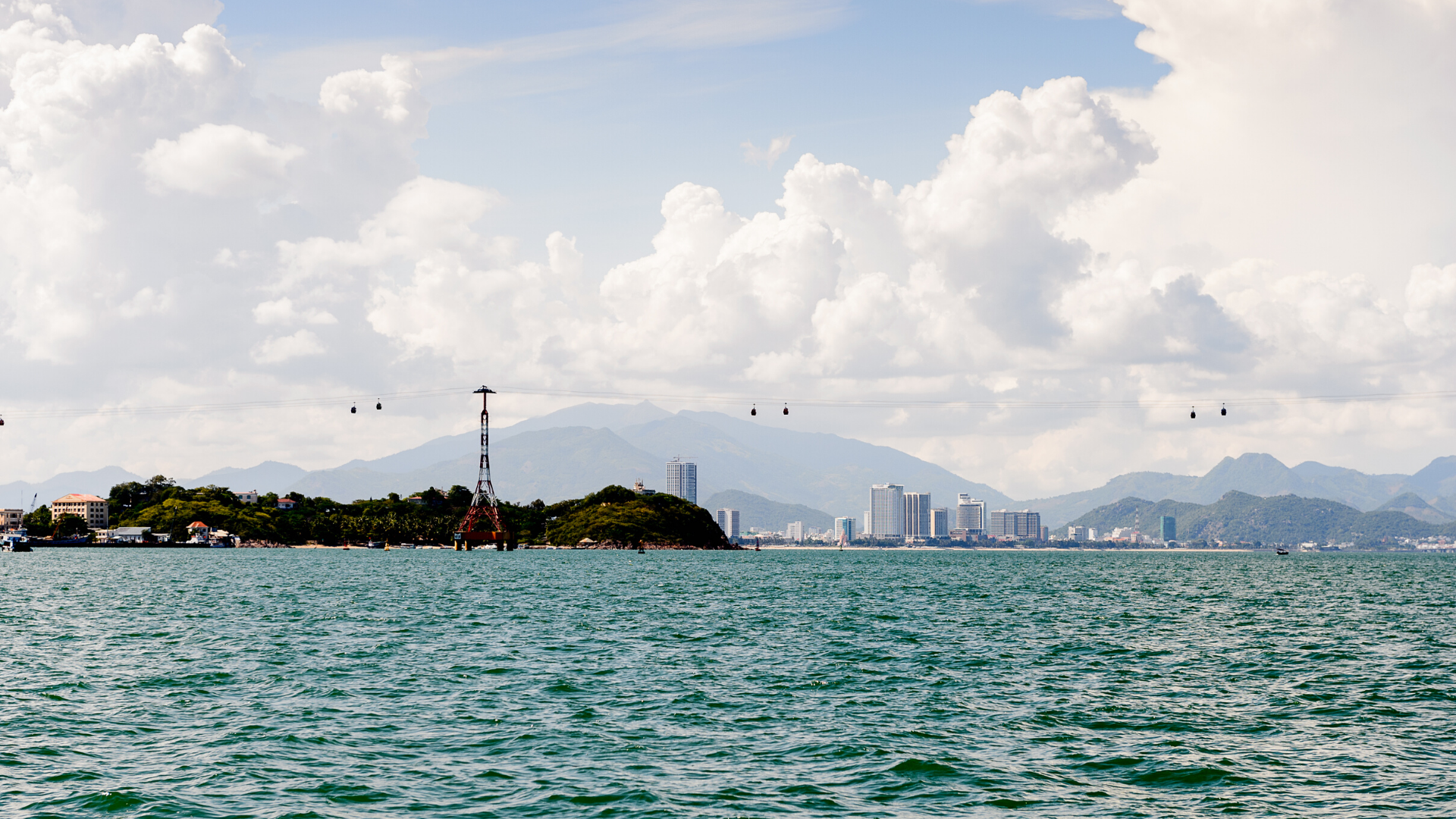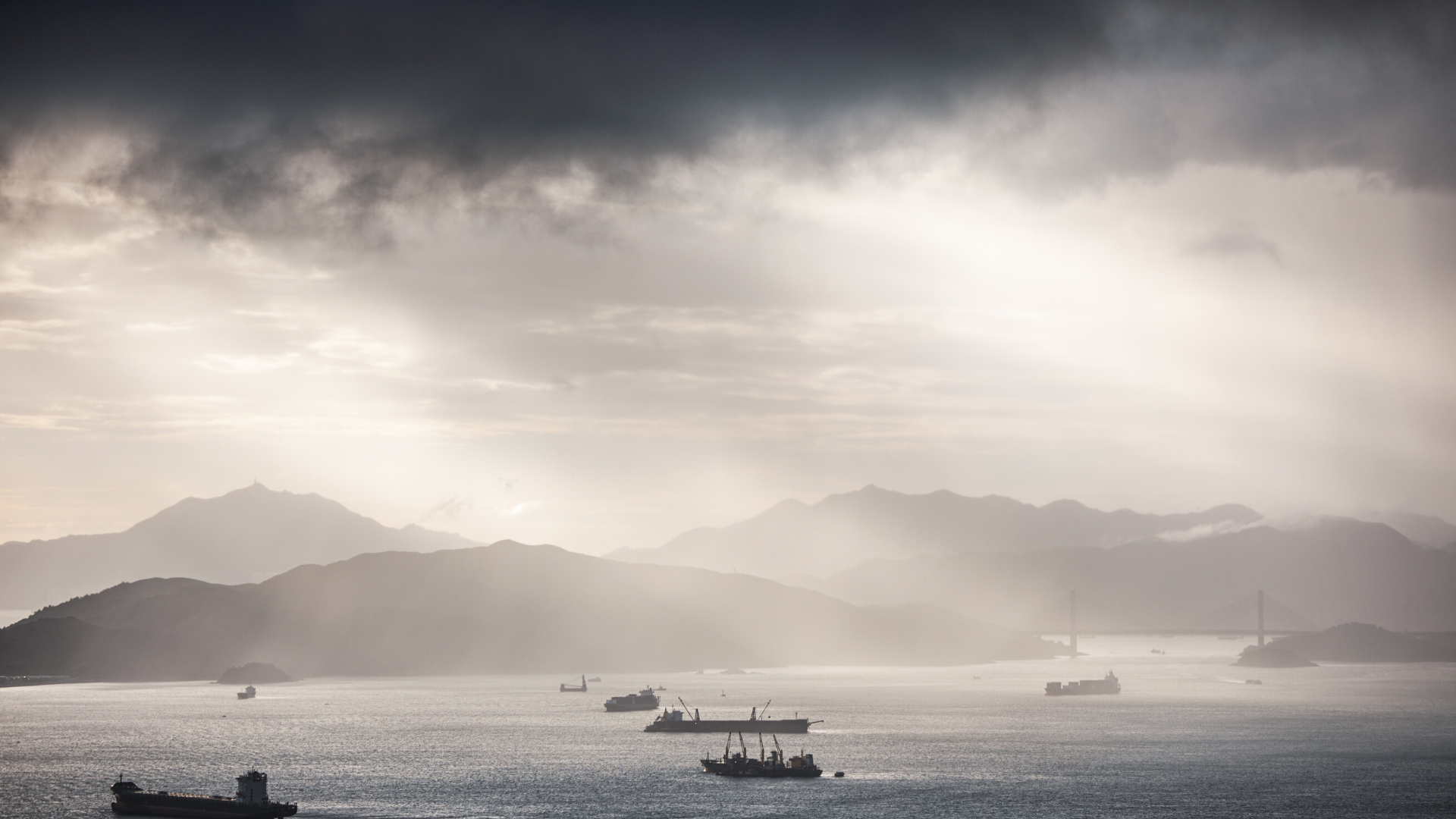South China Sea
The Battle for Territory and Resources

Security in the South China Sea
The ability of other countries in the region to advance their claims or pushback against Chinese expansion is largely dependent on their relationship with China – for some this has remained largely consistent, as in the case of Vietnam, while others have been more flexible.
Philippine Approach

The Philippines approach to its claims in the SCS has largely been guided by the ruling government’s relationship with China at the time and Chinese promises for investment in the Philippines. These positions have shifted during various presidencies in recent years.
Gloria Macapagal-Arroyo’s presidency from 2001 to 2010 took a mainly acquiescent approach to Chinese claims, in return for Chinese economic aid and investment projects. Contrastingly, under President Benigno Aquino III, the Philippines took a more assertive stance and it was during his administration that the Scarborough Shoal Incident occurred. In the incident in 2012 Chinese fishermen anchored at Scarborough Shoal, a feature in the Spratlys which was under de facto Philippine control. A standoff ensued between Philippine naval frigates and Chinese Coast Guard vessels.
Despite attempts by the Philippines to involve the wider international community, and increase American involvement, the Philippines eventually withdrew, reportedly following US negotiations with China, while China did not withdraw. The incident underscored the Philippines military weakness when compared to China and that the United States, a Philippines defence ally, did not intervene militarily and risk souring its relationship with China. Under the current president Rodrigo Duterte, the Philippines has pivoted back towards China and has largely remained quite over Chinese activity in the SCS, while receiving over US$ 9 billion in low-interest loans.
Malaysian Approach
Malaysia has adopted a more discrete and placatory diplomatic course with China and has largely sought to pursue its claims over the SCS in a way that is designed to not disrupt its bilateral relationship with China. A factor in this approach is that Malaysian interests in the SCS are framed in economic terms rather than security-based considerations

Vietnam's Approach

In contrast to the more passive and less confrontational approach adopted by Malaysia, Vietnam and China have a long history of military clashes and divergent interests along their land border, a tradition which has continued in the disputed waters in the SCS. Vietnam has also not been averse to challenging Chinese pressure and influence in the region but has largely deferred to Chinese regional supremacy. At the same time Vietnam has been significantly increasing its defence spending and is modernising and improving its naval strength. Vietnam’s engagement with foreign actors shows a significant attempt to internationalise the dispute in the SCS. It is because of these two factors that Vietnam should be thought of as the claimant state best placed to challenged China over claims to the SCS.
Indonesia's Approach

Indonesia is geographically more distant from China than Vietnam, the Philippines, and Malaysia, yet is increasingly wary that it may become increasingly embroiled in the SCS dispute. Indonesia remains most politically neutral, instead deferring to international law. Yet while Indonesia continues to officially assert there is no dispute, since 2014 clashes with Chinese fishing vessels and the Indonesian Coast Guard have taken place.
China’s commitment to its claims in the SCS is longstanding and unlikely to change. As China continues to grow economically and militarily, the threat level in the SCS is likely to continue to increase substantially.

